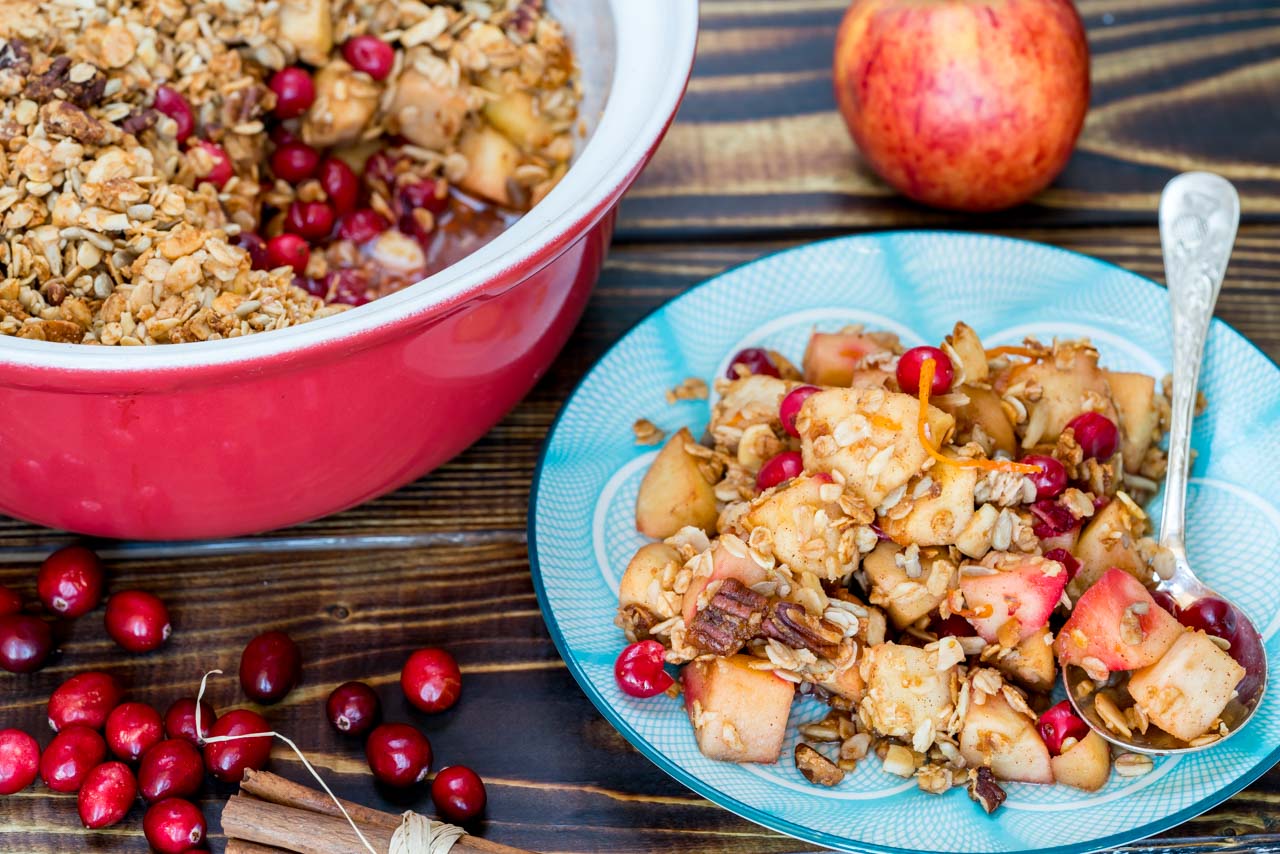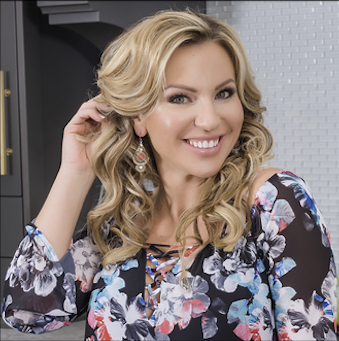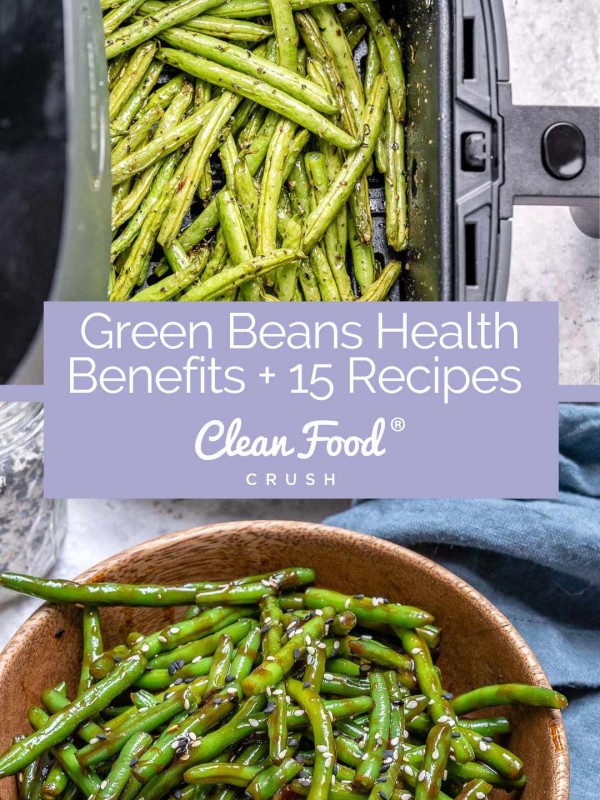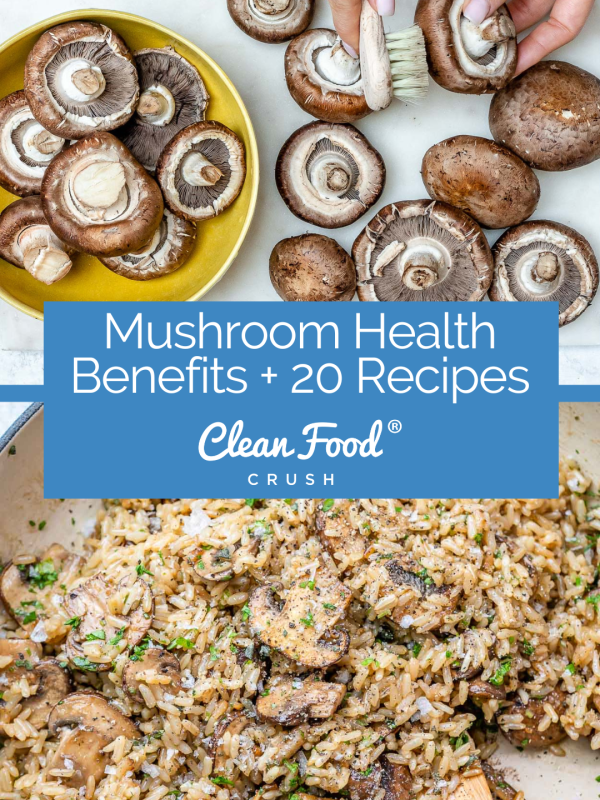This post contains affiliate links. Please see our disclosure policy.
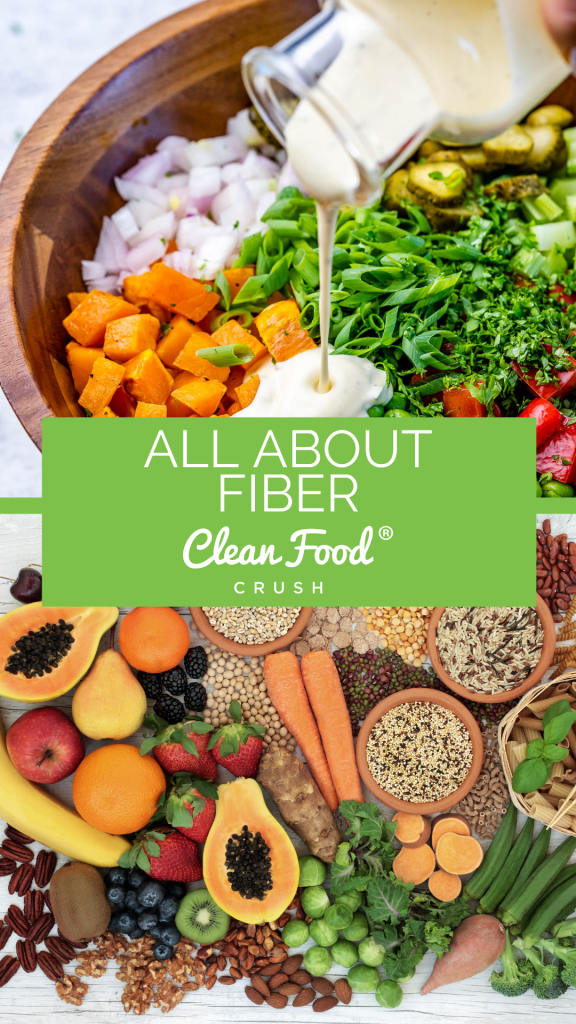
Why Fiber Is Important For Your Health
You’ve likely heard a lot about fiber in the health world, whether on a nutrition facts label, on the front of a packaged food claiming it’s a “good source of fiber,” or in media headlines. You may often hear that you should be eating more fiber without fully understanding why.
Here we will explain what fiber is, what it does for your body, and give tips for increasing your intake naturally.
What is Fiber and What Does it do for You?
Fiber is a type of indigestible, complex carbohydrate. Complex carbs are larger molecules than simple carbs and take longer to digest and absorb in the body. They also contain more nutrients than simple carbs, so they are considered a healthier choice (read more about the difference in this article).
There are 2 types of fiber: soluble and insoluble. While both types are essential for overall health, there are some differences. Soluble fibers dissolve in water and form a gel in the body. Insoluble fibers don’t dissolve and pass through the digestive tract, mostly intact.
Here are some of the many important functions fiber plays in your body:
- Supports Gut Health
Fiber is vital to a healthy digestive tract. It fuels your gut lining and serves as a prebiotic to feed probiotics and help keep the balance of good and bad bacteria in your gut where it should be. Getting enough fiber helps prevent and manage both diarrhea and constipation and protects from and manages many digestive disorders. You can read more about prebiotics in this post.
- Helps Remove Waste From the Body
Fiber increases bulk in your stool and helps you pass bowel movements more easily and frequently. Since waste products are removed from your body through bowel movements, having more of them can help keep the waste, including toxins, from building up in your body and potentially causing harm.

- Supports Blood Sugar Control
While fiber is a carbohydrate (the primary nutrient responsible for raising your blood sugar), it helps slow the blood sugar response rather than increase it. That means that even if you’re eating 2 meals with the same number of carbs, the meal that contains more fiber will not raise your blood sugar as much. This is important for preventing and managing conditions like Diabetes. Still, many other conditions can also arise from imbalanced blood sugar levels, including kidney and heart disease, nerve damage, vision loss, and fertility issues. So this is important for everyone.
- Helps Lower Cholesterol And Manage Blood Pressure
Fiber is a highly heart-healthy nutrient. Soluble fiber binds to cholesterol and helps lower blood pressure. People who eat more fiber may have a lower risk of developing heart issues.
- Supports A Strong Immune System
Fiber feeds and supports your microbiome, the microorganisms in your digestive tract. Having a healthy and balanced microbiome helps protect the body against pathogens and promotes normal immune function. Learn more about the microbiome here.
- Reduces The Risk Of Many Diseases, Including Some Types Of Cancer
A recent review of hundreds of studies and data suggest that people with the highest fiber intakes have a 15-30% lower risk of death from all causes. Fiber also plays a role in protecting against heart diseases, type 2 diabetes, and colorectal and breast cancers.
- Helps Control Appetite And Manage Your Weight
Eating foods that are higher in fiber helps you feel fuller for longer. This can help you eat less while still being satisfied and supports weight loss and maintenance.
- May Benefit Your Mood
High fiber diets are associated with a reduced risk for symptoms of depression, and they may have a beneficial impact on other mood issues as well.
How Much Fiber Do You Need?

The Adequate Intakes of fiber are as follows:
Children:
- Age 1-3 years: 19 grams/day
- Age 4-8 years: 25 grams/day
- Age 9-19 years old: 26-38 grams/day
Adult males:
- Under age 50: 38 grams/day
- Over age 50: 30 grams/day
Adult females:
- Under age 50: 25 grams/day
- Over age 50: 21 grams/day
Unfortunately, most Americans only consume about 15 grams of fiber/day, and only about 5% of people meet the recommendations for dietary fiber intake. This is primarily thanks to a diet rich in processed foods and low in fruits and vegetables.
Best High-Fiber Foods for Increasing Your Fiber Intake

Thankfully, increasing your fiber intake can be simple and delicious. Many foods are rich in fiber. A good general rule of thumb is that the closer a food is to its natural state, the more fiber it will have. In addition, anything that comes from a plant will contain fiber, whereas animal products do not.
Here are some of the best sources of fiber:
- Fruits and Vegetables
This includes everything from berries to apples to potatoes to broccoli. You can get even more fiber from produce by eating the skin (when appropriate), such as pears, apples, and potatoes.
- Whole Grains
Oats, whole wheat products, barley, quinoa, brown rice, farro, etc. all provide excellent sources of fiber.
- Nuts and Seeds
Examples include almonds, walnuts, pecans, cashews, pumpkin seeds, chia, and flax seeds.
- Beans and Legumes
This includes all types of beans and lentils.
4 Easy Steps to Increase Your Fiber Intake

- Swap Whole Grain Products For Regular
Begin buying whole wheat products like tortillas, pasta, and breads. Choose brown rice over white, and incorporate other whole grains like oats, barley and quinoa into your diet regularly.
- Focus On Plant-Based Proteins
Good sources include beans, edamame, lentils, tofu, and tempeh. You can enjoy bean-based pastas, include them in casseroles like this one, soups like this, or salads like this Thai-inspired salad.
- Be Nut-Friendly
If you don’t have an allergy or intolerance, nuts provide many fantastic health benefits. You can enjoy nut butters in many ways (such as these almond butter biscuit bars or in these peanut butter overnight oats), sprinkle nuts on a salad like this, or enjoy them in snacks like these nutty cranberry granola bars.
- Eat More Fruits And Vegetables
Smoothies and salads aren’t the only way to get more vegetables (though they are delicious, like this loaded sweet potato salad and these tropical smoothie bowls). You can increase your fruit intake simply by including a side of fruit with your meals, enjoying it as dessert-like this delicious cranberry-apple crumble. Try a simple sheet pan meal for vegetables or turn them into pasta like these baked feta zoodles.
Should You Take Fiber Supplements?
While there is no evidence that taking fiber supplements is harmful, it’s best not to rely on them as your primary source. There are so many other health benefits from eating high-fiber foods, aside from the fiber itself, so you’d be missing out on these if you didn’t eat many of them. There are some cases where fiber supplements can be beneficial and indicated, so you should use your discretion and talk with your doctor before starting any.
In Summary
Fiber plays SO many important roles in your health, and getting enough doesn’t have to be complicated. It is best to get a majority of your fiber from whole food sources by eating various plants each day. This can help improve the way you both look and feel. Happy eating!



